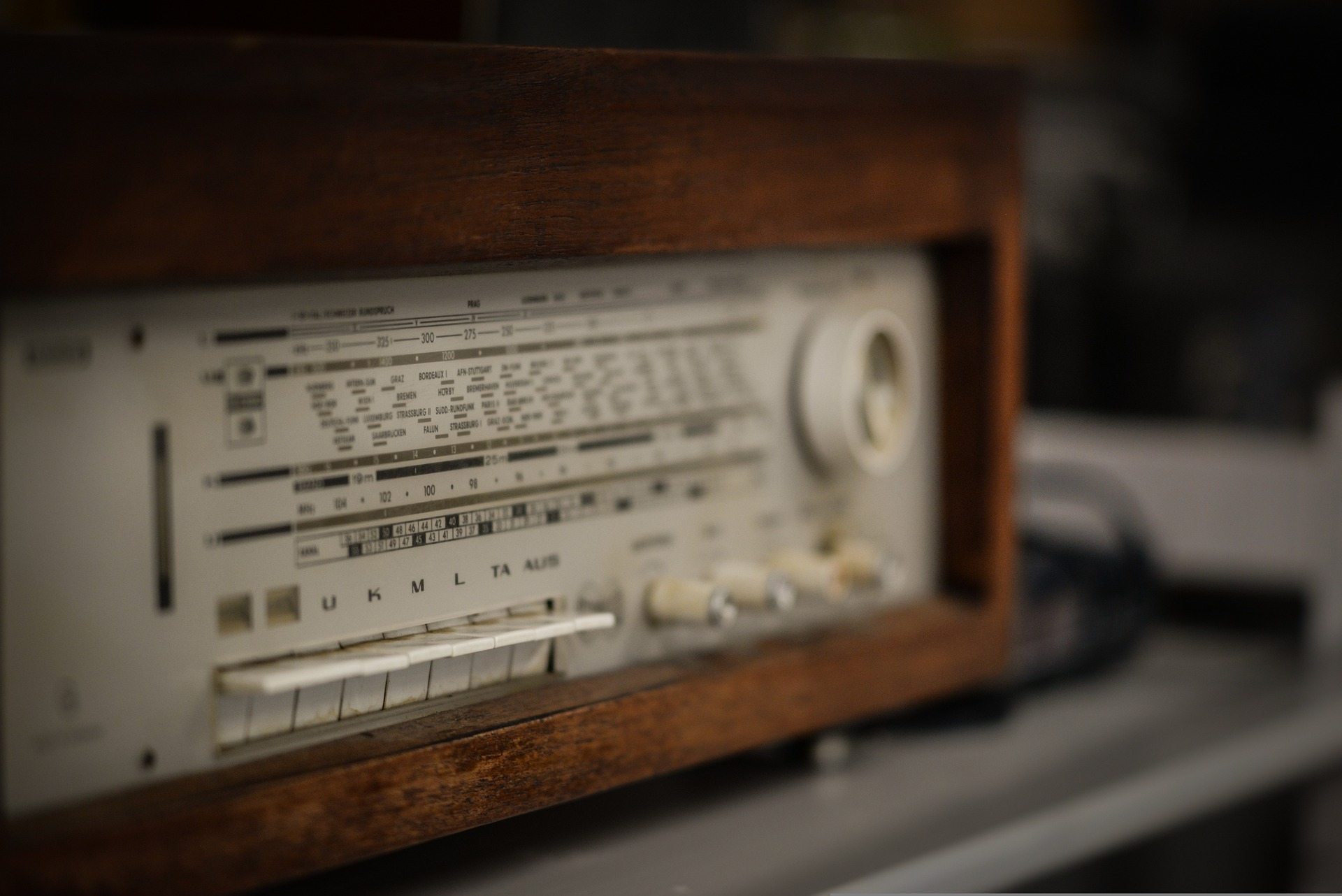Is Analog Radio Dead?
Since Marconi invented it, the radio has been running on Analog for the longest time with the addition of digital-based systems in recent times. Even though digitization has taken over a lot of things, Analog Radios still hold their place as virtual communication devices. Analog two-way radios appeared in the business demographic in 1933 and have been around ever since.
A traditional analog radio catches signals from a transmission site through carrier waves. The signal is sent chiefly through Frequency Modulation (FM). Listeners can tune into AM/FM frequencies, the most common analog transmissions.
These radios are still relevant with their simple method of use and efficiency. Analog radios transmit your actual voice through the signal, and many radio systems still operate in analog technology. They still cover broad signal transmission areas so you can communicate quickly.
Analog Radios as Interoperable Systems
These radios, along with having standard operating options, for example, scanning and encryption, have technical uses. Analog radios, over time, have been improved by technicians. These are still interoperable with old equipment. Their compatibility with old radios from over 30 years old is still impeccable, which proves that they have stood their ground with time.
Hotels, factories, shopping malls, schools, airports, etc., keep their teams empowered with the help of these radios. According to research by Crunch Reviews, analog radios are reliable and durable communication sources. People still use them for one-to-one or group conversations between various services and team members.
Current Relevancy of Analog Radios
With analog radios, you can still carry on to use your OFCOM license. The simplicity in design, usage, and functioning indicates that analog radios are here to stay. Even If it is a traditional two-way communication mode, many firms still trust analog radios.
Some of the current advantages of an analog radio are mentioned below.
Authenticity
Analog radios carry the actual human voices through various transmissions. This is done without any digital frequency interference. Because of this reason, these radios are preferred for communication by organizations and businesses all around the world.
Cost-Effectiveness
Analog radios are much cheaper than digital radios and are at par with the communication features.
Used In Rescue Operations
These radios are widely used in research and outdoor rescue operations because of their accessible transmission.
Wide Area Coverage
They are great for vast areas; even with movement, they offer stable connectivity.
Clarity
Analog radios have an excellent clear sound quality and do not cater to shrill sounds outgoing. The sound does not contain much background noise and can be heard long distances.
No Latency
Analog radios eliminate the latency factor. It is usually the delay in the transmission, sometimes seen in digital radios. This usually happens when an analog signal is converted to a digital signal.
Signal Strength
Analog radios can stay connected even at the weakest signals, whereas digital radios cut off entirely at one weak signal.
Reliability
These radios come in handy in emergencies because of their reliability and quick service. Analog radios are ideal for remote areas due to their frequency strength.
Conclusion
Analog radios have been the rage since their invention. Organizations, service providers, schools, restaurants, etc., to keep their teams connected and working. Analog radios work by using Frequency Modulation (FM) to encrypt a signal in terms of voice with a carrier transmission wave. Analog radios are still relevant because of their simple mode of use and durability.
They come in handy because of their interoperable nature with old equipment. These radios are comparatively cheaper than digital ones. They are ideal for wide-area broadcasting in terms of rescue operations. Their transmission is not interrupted by digital signals, and offers are reliable sources of communication.

